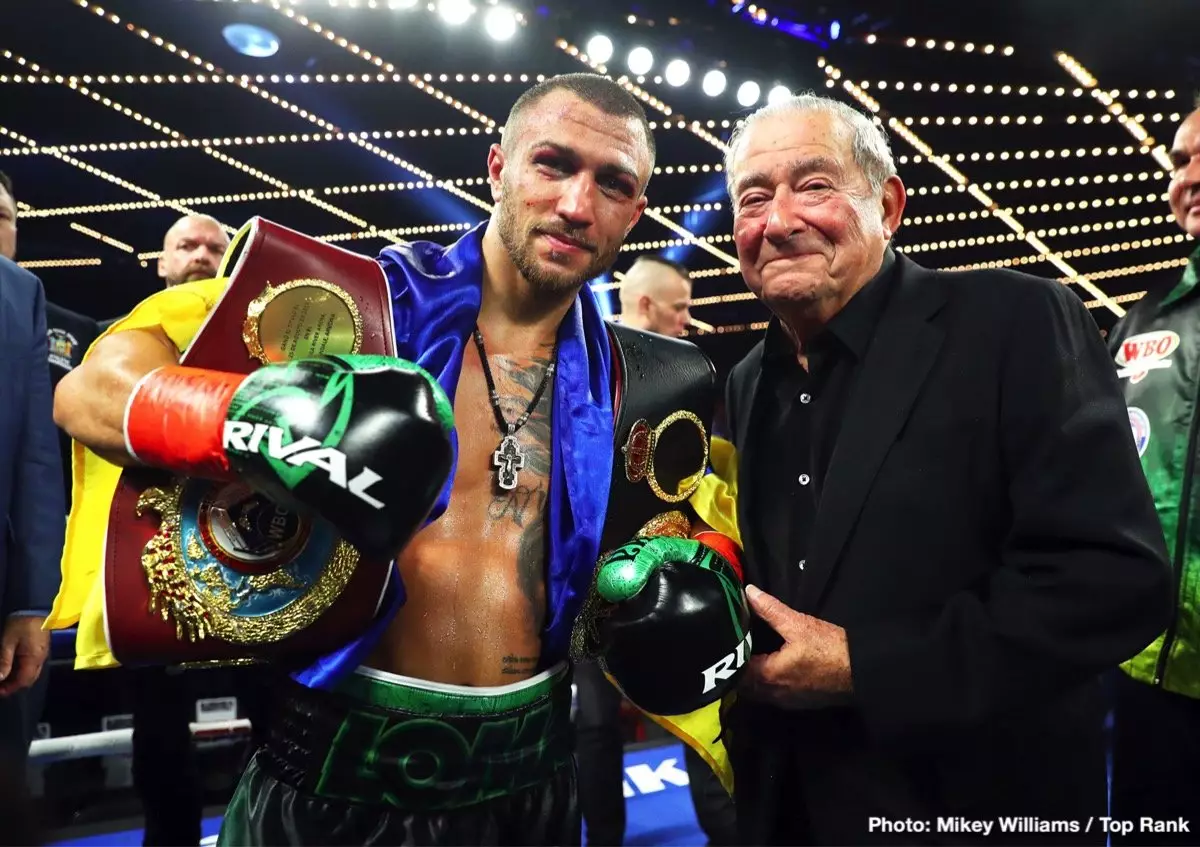Vasiliy Lomachenko’s retirement marks the closing of a significant chapter in the history of professional boxing. Few athletes have managed to blend technical prowess, artistic flair, and sheer determination quite like Lomachenko. Renowned for his signature “Matrix” style, which baffled opponents and left fans spellbound, Lomachenko has undoubtedly carved a monumental niche in the sport. A staggering amateur record of 396 wins against just one loss and back-to-back Olympic gold medals underscored his prodigious talent early in life. As he transitioned to the professional ranks, his reign in three weight classes solidified his stature as one of the best pound-for-pound fighters of his generation.
His professional record of 18 wins, 3 losses, with 12 knockouts paints a picture of a fighter who, while not entirely undefeated, sustained a competitiveness that few can match. Each defeat, whether it was a close call against Orlando Salido, Teofimo Lopez, or Devin Haney, was marked by contentious debates around judging, leaving many to argue that Lomachenko was never truly outclassed in the ring. Despite these setbacks, his determination to protect his homeland amid geopolitical crisis framed his career with layers of meaning beyond what could be captured by statistics or accolades alone.
The Artistry of a Boxing Master
Lomachenko’s style transcended traditional boxing conventions. His ability to seamlessly blend defensive maneuvers with offensive bursts allowed him to dictate the pace and rhythm of fights. When in peak form, he not only showcased technical excellence but also the kind of creative genius that could make finely tuned opponents look amateurish. Legends like Nicholas Walters and Guillermo Rigondeaux, both experienced fighters, famously succumbed to his relentless pressure, ultimately “quitting” under the weight of Lomachenko’s brilliance, earning him the nickname “No Mas Chenko.”
Moreover, Lomachenko’s victories over established names like Jorge Linares and Anthony Crolla bore witness to his relentless pursuit of excellence. While his tactical intellect made him seem untouchable at times, it was his humility and hard work that endeared him to fans and other fighters alike. Coaches and promoters, including Bob Arum, lauded him as “the best fighter” seen since the legendary Muhammad Ali. Such accolades reflect not just Lomachenko’s skill but his impact on the sport itself, a testament that his influence reaches far beyond his record.
A Complexity of Emotions
Announcing his retirement at the age of 37, Lomachenko’s decision comes wrapped in layers of introspection. Competing in a sport as demanding as boxing naturally invites the question of legacy—how one wants to be remembered in a world that is often quick to forget. Lomachenko’s legacy, built on perseverance, skill, and integrity, now faces the challenge of echoing through time.
The emotional tributes flowing in from the boxing community reflect the admiration and respect he inspired. Former champions and commentators alike have shared sentiments about never witnessing another fighter quite like Lomachenko for a century. This acknowledgment of his unique gifts speaks to the deep void his exit leaves in the sport. It also underscores a belief that true champions are not simply defined by their accolades but by the joy they bring to the sport and its fans.
Looking Ahead: The Echo of a Champion
While Lomachenko steps away from competition, his influence will certainly linger in the ring. The rise of new talents inspired by his technique and approach to boxing suggests that the spirit of Lomachenko may continue to inspire future generations. Coaches will reference his adaptability and artistry, and aspiring fighters will aim to emulate the sheer yes-to-success attitude that permeated his career.
Legacies such as Lomachenko’s are not often replicated; they are lived. The joy and lessons encapsulated in his journey have not only raised the standards in boxing but will undoubtedly persist as benchmarks for future boxers. His retirement may indeed mark an end, but it simultaneously ignites discussions around excellence, integrity, and the power of will in shaping a sport that revolves around not just victory, but artistry in combat.


Leave a Reply